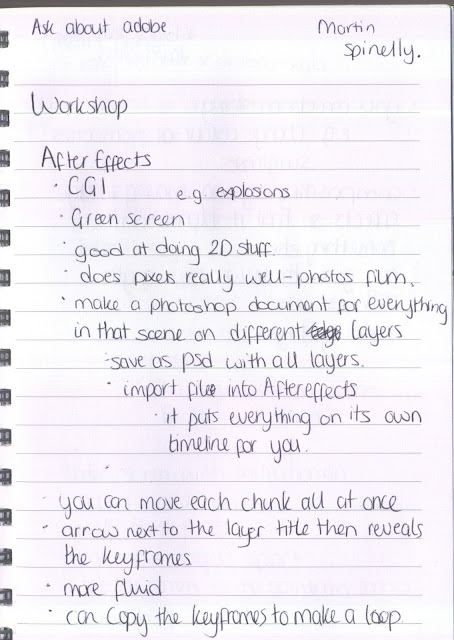I came across the works of James Beck and Kevin Burg when I was researching work that had been done with animating photographs as this is a style I am considering using. Beck and Burg combined their creative skills together in order to produce their works, one of them was a photographer and the other a graphics designer. Together they created the first ever 'cinemagraphs', they merged living moments onto a photograph. These are extremely interesting and artistic productions. When you first look at them they seem like a stop motion video in that only a certain aspect of the photograph moves whereas the rest it still and unchanging.
As you can see from this image above the ladies scarf is the only thing moving, the rest is a still image. Beck and Burg use this technique to “evoke the right kind of emotions”(Deangdeelert, 2012). I find their work fascinating. Their work has an air of simplicity to it but at the same time amazes you with the technique used to carry it out. I like the idea of having parts of an image stationary while the rest moves, I would like to incorporate this notion within my project but with some aspects of the photograph rotoscoped and animated from there.













